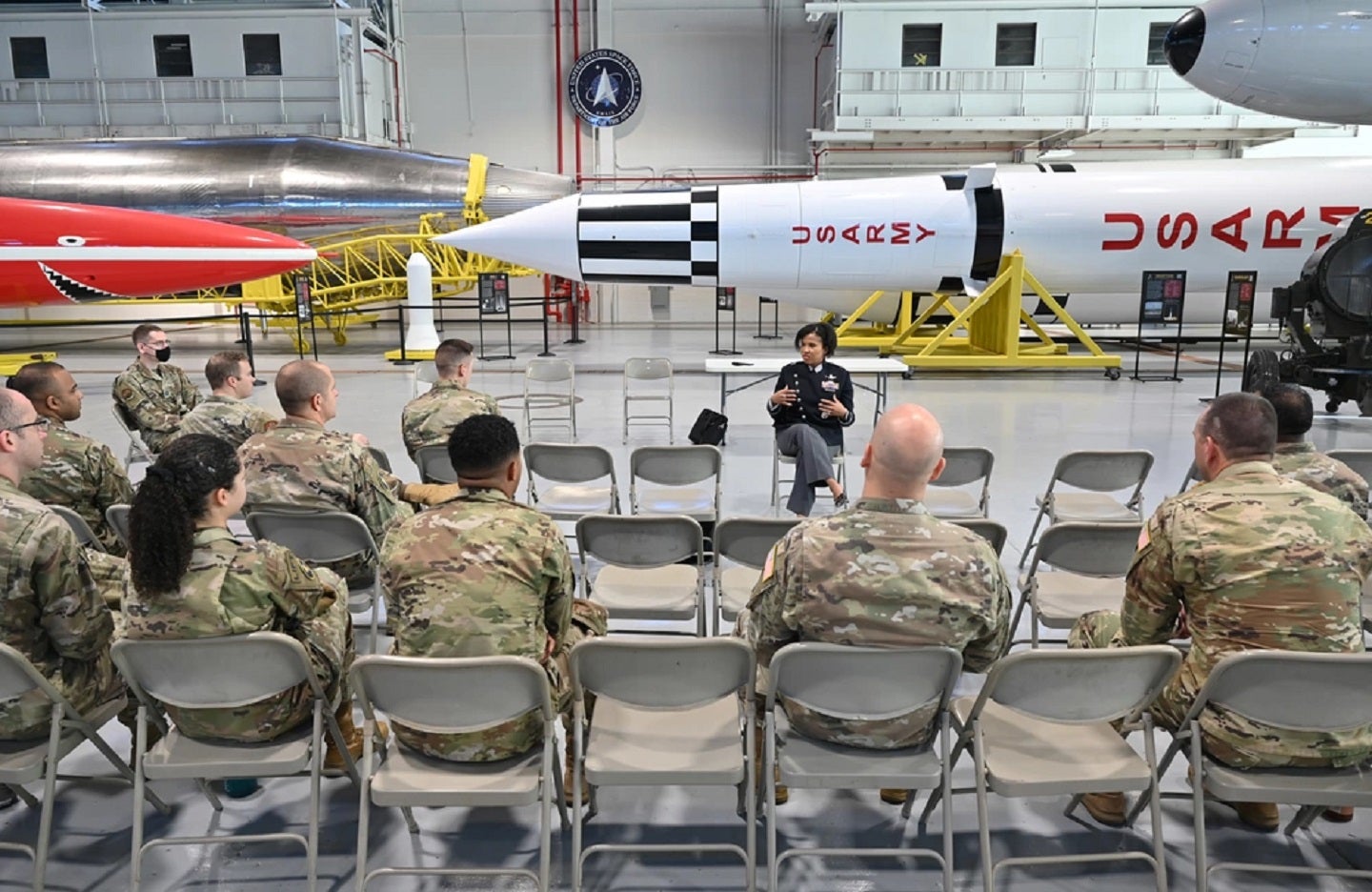
Two US Department of Defense (DoD) subsidiary military services came head to head on the 14 March.
General B. Chance Saltzman, US Space Force (USSF) Chief of Space Operations, addressed a Senate Armed Services Committee attributing General Charles Brown, US Air Force (USAF) Chief of Staff, of jurisdictional overeach. The topic of discussion was on the authorisation of USSF operation plans and budget requests for the fiscal year 2024.
The USSF is a relatively new military service, established in December 2019, that is tasked with organising, training and equipping space forces in order to protect US and allied interests in the space domain. As well as providing space capabilities to the joint force, the particular facet of this portfolio of responsibilities that General Saltzman believes has been infringed upon are the space capabilities.
Amid questioning, US Senator Angus King asked for clarification regarding the differences between the Space Force and USAF’s subsidiary Space Command. Saltzman replied that the former is an organiser and procurer of space capability assets, whereas the latter is a director operating these space capabilities in accordance with the DoD and the US President’s strategy.
“As the Chief of the Air Force [Gen. Brown] does not have organised training responsibilities for space missions, yet he has the space capabilities in the Air National Guard,” Saltzman continued. “It creates a long-term sustainment problem in organised training responsibilities between the Air Force and the Space Force.”
The USSF explains that USAF Space Command was redesignated as the USSF. The personnel who belonged to Space Command are now assigned to the USSF, but currently remain airmen with the USAF. Approximately 16,000 military and civilian space personnel were assigned to USSF on 20 December 2019. Airmen in select space-related jobs will be transferred into the USSF (becoming members of the USSF), while other Airmen will remain assigned to the USSF in a supporting role.
Training versus experience
Operations in the space, air and ground domains will inevitably fall into jurisdictional problems. In the committee testimony, Saltzman made an interpretation of the jurisdiction of dealing with the threat of China’s spy balloon, saying “they call it near space, but I like to call it far air”.
This ambiguity is also sharpened by the USSF’s training responsibilities and the USAF’s long experience dealing with space matters before the recent establishment of the USSF. The migration of space matters to the USSF makes sense, and it will remain a gaping hole in the US’s strategic coordination if left undefined.
“Space is critical to modern warfare… [Russia and China] recognise that space is a force-multiplier, and they are willing to attack it. The fact that we have to defend against cyber-attacks on the ground networks reminds us that the ground is also a part of space, and that those networks are critical assets,” Saltzman added.
There is therefore a need to define the nature of institutional authority between the air and space forces beyond procurement and implementation. But as well as this, there is the need to harmonise a coordinated strategy that enables multi-domain integration as satellites in space gather data to inform air, land and sea operations.








